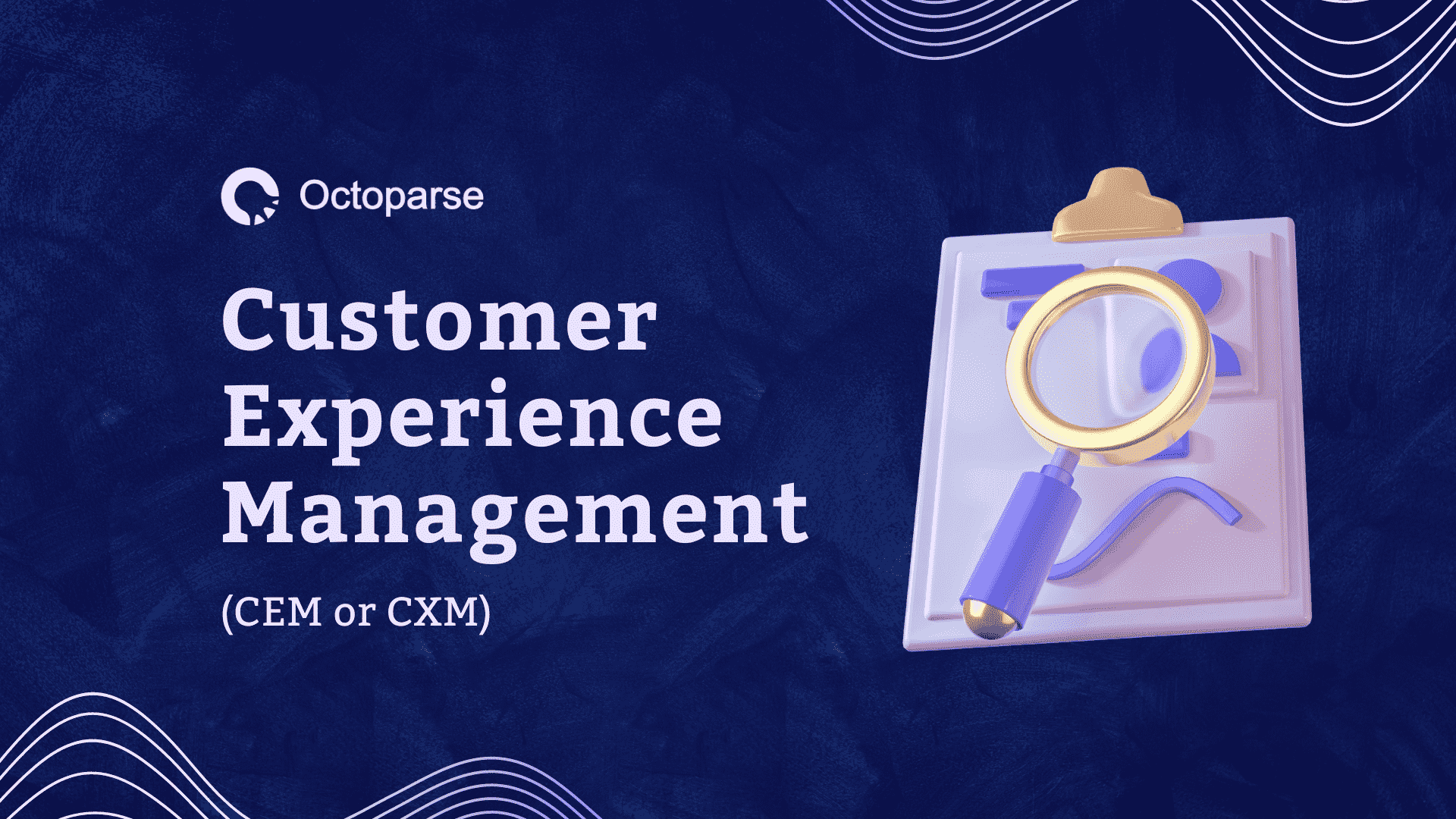Picture this: you’re scrolling through your Twitter feed and bam! You see a tweet from your fave coffee shop about a new flavor. Intrigued, you reply with a question. Just like that, within minutes, you get a personalized response. That’s the magic of social media in customer experience (CX)—it’s instant, personal, and super engaging.

But hey, it’s not just about quick replies. Social media has become the channel for customer interaction these days. Did you know that 54% of customers now prefer reaching out to companies through social platforms (source: Microsoft’s State of Global Customer Service report)? With over 4.7 billion users worldwide, social media has turned into a treasure trove of customer insights and engagement opportunities.
And here’s the kicker: brands that actually respond to customer inquiries on social media can boost loyalty by 20-40%! It’s not just about being social—it’s about creating an experience that keeps customers coming back for more.
8 Game-Changing Benefits of Social Media in CX
1. Real-time Customer Interaction: The Speed You Need
In this world of instant everything, customers expect quick responses. Social media serves that up. It lets brands engage with customers in real time, tackling issues as they pop up.
Take Nike and JetBlue. These companies have really nailed rapid support on Twitter. The result? Major boost in customer satisfaction. And it doesn’t end there. Brands providing real-time support see a 25% drop in customer churn and are 30% more likely to get recommended. Imagine solving a customer’s problem just minutes after they post about it—that’s the power of real-time interaction on social media. It’s like having a customer service rep on call 24/7, ready to swoop in and save the day!
2. Enhanced Brand Reputation and Loyalty: Building Relationships That Last
Social media isn’t just about fixing problems; it’s also about building lasting relationships. Quick responses and meaningful interactions on these platforms create a sense of community, which leads to brand loyalty.
Companies that engage with customers on social media can see a 20-40% increase in loyalty. That’s pretty impressive! So, how does this work in real life?
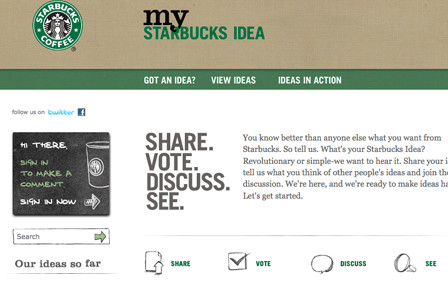
Look at Starbucks. Their “My Starbucks Idea” campaign is a classic example of using social media to boost loyalty. They got over 150,000 customer suggestions, many of which were actually implemented. The result? A 26% uptick in customer retention.
But it’s not all about campaigns. Purpose-driven content, like Nike’s “Dream Crazy” with Colin Kaepernick, can also seriously impact sales and brand perception. It’s about showing your customers that you care about the same values they do.
3. Improved Customer Insights: Getting to Know Your Audience
Social media acts like a peek into your customers’ brains. It provides valuable data about their preferences, needs, and behaviors. By digging into this info, brands can customize their offerings, spark product innovation, and craft more personalized experiences.

Remember Starbucks’ “Pink Drink“? It didn’t just happen by chance—it was all thanks to some savvy social media listening! This refreshing mix of Strawberry Acai Refresher, coconut milk, and strawberries emerged from a buzz of online posts about a DIY version customers were creating.
Starbucks picked up on the trend and dove into social media data to understand the excitement around this pink, Instagram-friendly drink. They realized customers wanted not just something eye-catching, but also refreshing, non-caffeinated options. So, they jumped on the opportunity, quickly developed the Pink Drink, and boom! It became a seasonal favorite, boosting sales by 20%.
The lesson? Your customers are telling you what they want. Just listen and act on those insights!
4. Cost-Effective Customer Support: Saving Money While Improving Service
Let’s be real: traditional customer support can get pricey. Phone lines, email teams, physical help desks—all of it adds up. Social media offers a cheaper alternative.
By utilizing social media for support, brands can cut down on resource-heavy traditional channels. It lets support teams handle multiple inquiries at once and use automated tools like chatbots.
Take American Express—they got their response time to under 5 minutes on Twitter, which led to a 30% drop in call center volume. Win-win: faster answers for customers and lower costs for the company.
Dell’s @DellCares account tells a similar story. Their social media support efforts cut support costs by 40% and boosted customer satisfaction scores by 25%. It proves you can do more with less when you use social media smartly.
5. Amplified Customer Advocacy: Turning Customers into Brand Ambassadors
Happy customers are your best marketers. When they share positive experiences on social media, it’s like free advertising for your brand. This word-of-mouth can really ramp up your visibility and credibility.
JetBlue’s #JetBlue campaign is a perfect example. It generated over 750,000 mentions, each one a potential touchpoint with new customers.
Glossier, the beauty brand, took this to the next level. By using user-generated content on social media, they’ve built a community of brand advocates, which led to a staggering 600% revenue increase in just five years.
So, what’s the takeaway? When you give great experiences and engage well on social media, your customers turn into your strongest marketing asset.
6. Proactive Issue Resolution: Solving Problems Before They Escalate
Social media isn’t just for reacting to customer issues; it’s about anticipating and preventing them too. By keeping an eye on social media channels, brands can spot potential problems before they blow up.
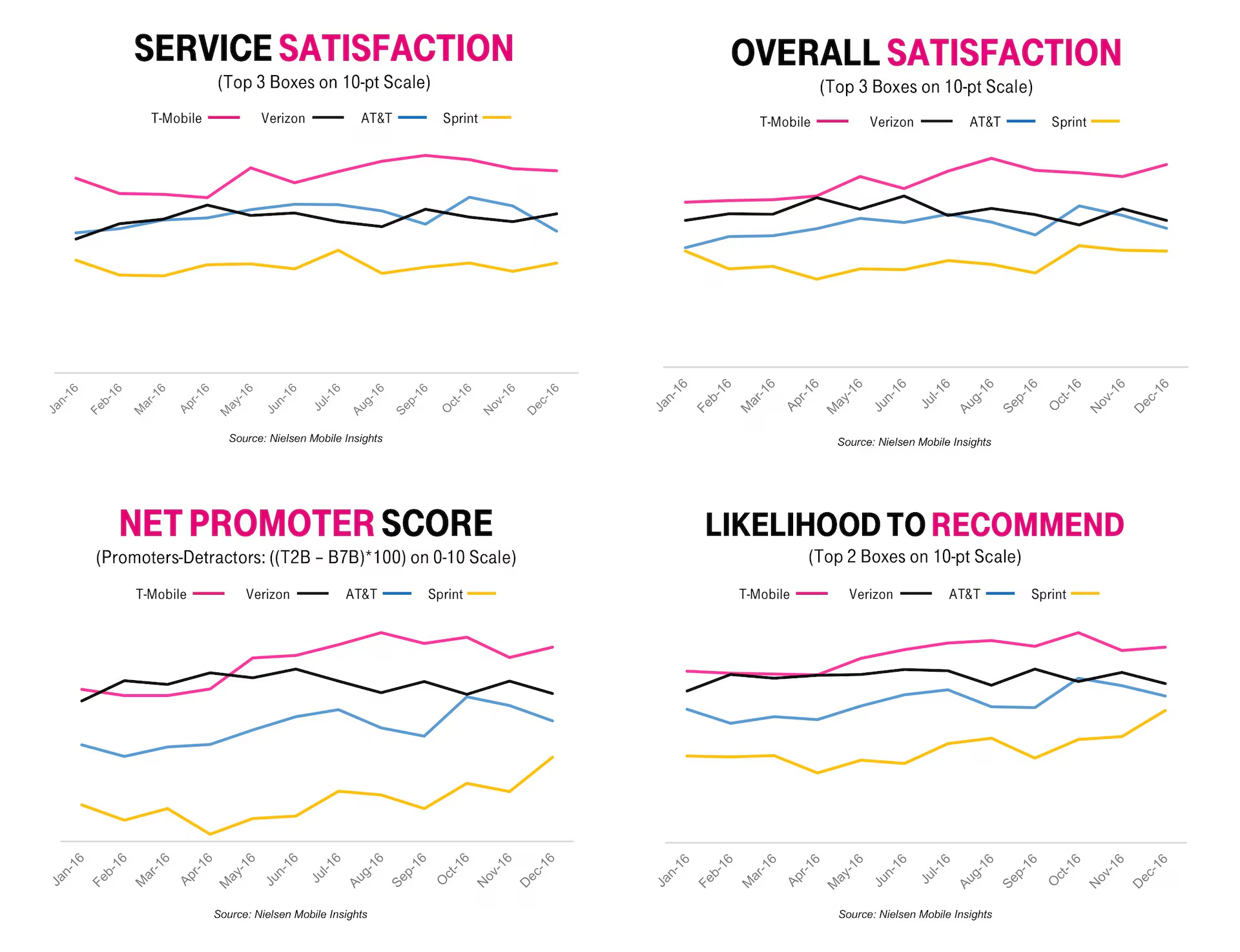
T-Mobile has nailed this. With social listening, T-Mobile tracks mentions on Twitter, Facebook, and Instagram, diving into customer feedback and concerns. If someone tweets about poor network coverage or has questions about a feature, their system flags it, enabling customer service reps to jump in and provide quick assistance. This proactive approach has led T-Mobile to resolve 85% of customer issues through social media, significantly reducing call center traffic. The result? Faster, personalized responses that enhance the customer experience while also cutting operational costs—it’s a win-win for both T-Mobile and its customers.
7. Broader Audience Reach: Connecting with Customers Globally
With over 4.7 billion active users across various platforms, social media offers unmatched access to diverse demographics and global markets. It’s like having a storefront on every corner of the world.
Fenty Beauty, Rihanna’s cosmetics brand, leveraged this global reach to connect with underserved consumers everywhere. By using Instagram to showcase their inclusive product range, they gained 6 million followers in a year and racked up $100 million in sales in their first 40 days.
This global reach isn’t just about the cash; it’s about building a diverse, inclusive brand community. Social media allows you to connect with customers from all walks of life, enriching your brand narrative and expanding your market reach.
8. Personalized Experiences: Tailoring Your Approach to Each Customer
In this age of info overload, personalization is everything. Social media analytics help brands customize their marketing strategies and communications based on how individual users interact.
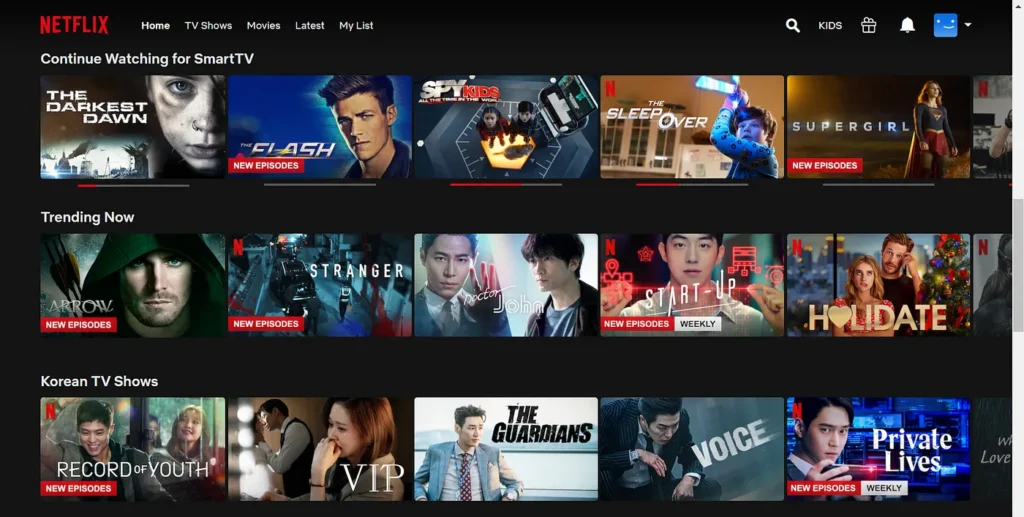
Netflix is a master of this. Their recommendation system drives 80% of the content watched on the platform, partly thanks to social media data and interactions. By understanding what users engage with on social platforms, Netflix can offer hyper-personalized content suggestions
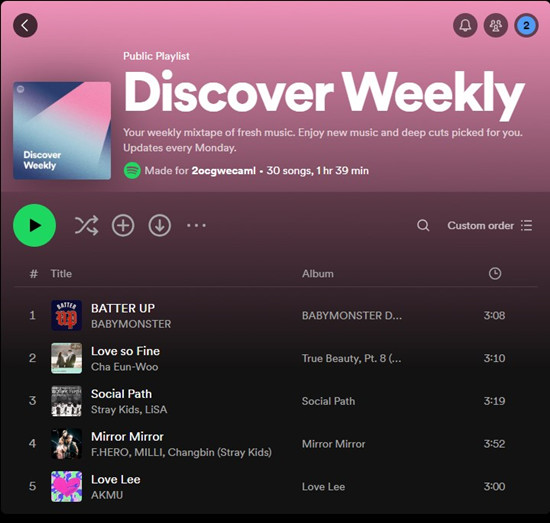
Spotify’s “Discover Weekly” playlist is another fantastic example. This personalized playlist, which has pulled in 40 million users, uses social data to curate a unique listening experience. The result? A big boost in engagement and satisfaction.
Bringing It All Together: The Social Media CX Strategy
So, how can you tap into the power of social media to transform your CX strategy? Here are some key steps:
- Listen actively: Use social listening tools to keep an ear out for mentions of your brand, industry trends, and customer sentiment.
- Respond promptly: Aim for response times under an hour. Speed is everything on social media!
- Be authentic: Show the human side of your brand. Use a conversational tone and let some personality shine through in your interactions.
- Encourage user-generated content: Create campaigns that inspire customers to share their experiences with your brand.
- Leverage data: Use insights from social media to shape your product development, marketing strategies, and customer service approaches.
- Be proactive: Don’t wait for problems to pop up. Use social media to anticipate and tackle potential issues before they become bigger problems.
- Personalize: Use the data you gather to create personalized experiences for your customers across all touchpoints.
- Integrate: Make sure your social media CX strategy fits into your overall CX approach for a smooth customer journey.
The Future of CX is Social
Looking ahead, it’s clear that social media is going to play a bigger role in CX. From AI-powered chatbots to augmented reality experiences, the possibilities are endless.
But at its core, social media in CX is about two main things: connectivity and deeper customer insights. It allows real-time engagement, building stronger relationships and quick issue resolution. Plus, it gives rich data on customer preferences and behaviors, enabling personalized experiences and proactive service.

By tapping into these elements, businesses can create a more responsive, tailored, and ultimately satisfying customer experience in the digital age. It’s not just about being where your customers are; it’s about creating meaningful interactions that drive loyalty, boost satisfaction, and grow your business.
So, are you ready to shake up your CX strategy with social media? The convo is happening out there. It’s time to jump in and elevate your customer experience to new heights!



